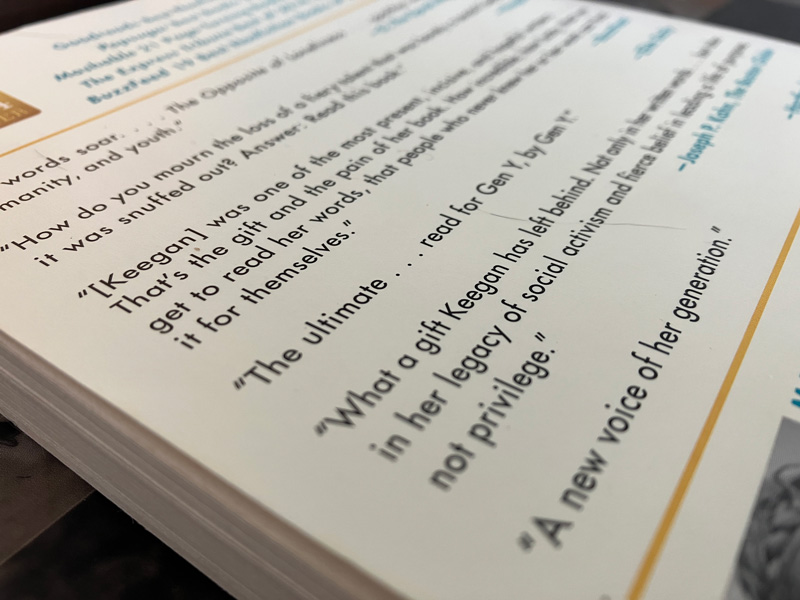
The difference between a book review and a testimonial has many authors scratching their heads, but it's really pretty simple. A book review appears on a public platform, which may be anything from The New York Times to Goodreads to Amazon or hundreds of other book-related platforms. A review reflects the reviewer's opinion of the book itself. It may also include information about the author or references to similar titles, but it's mostly about the book. A review may be positive, negative, or somewhere in between.
Testimonials are sent directly to the author (or someone in the author's circle) and don't need to have appeared on a public platform. They're intended to promote the author and the book, so they're always positive.
A testimonial does not have to relate solely to the book. It can highlight the author's experience, previous books or research papers, or anything the author has done that will ignite the reader's curiosity, lend the author credibility, and spark sales.
A Blurb Is a Snippet of a Testimonial or Review
Blurbs are brief, positive quotes used to promote a book. A blurb can be an excerpt from a review, a short testimonial, or an excerpt from a long testimonial. They're usually one or two sentences at most, and can be just a few words (“Stunning!” “An intense and unforgettable ride!”).
In the publishing world, "blurb" is often used as an informal shorthand for "testimonial." "Blurb" is also used as a verb, as in “I'm going to ask the mayor to blurb my book.” In that sense, the meaning is that you're asking for a testimonial.
Requesting a Book Blurb
When you ask someone to blurb your book, you can expect a line or two, or maybe a short paragraph. If you request a blurb from someone famous or highly regarded in their field, and by a stroke of luck they send you a page of gushing copy, fantastic! You might want to ask them if you can use it as a foreword instead of a blurb. That's even better, because their name can then be prominently featured on the book's front cover along with yours, which is catnip for readers.
- What's the Difference Between a Book Review and a Testimonial? - May 12, 2023
- Should I Use a Pen Name? - October 21, 2021
- Preface, Foreword, Introduction, or Author's Note? - September 25, 2020



